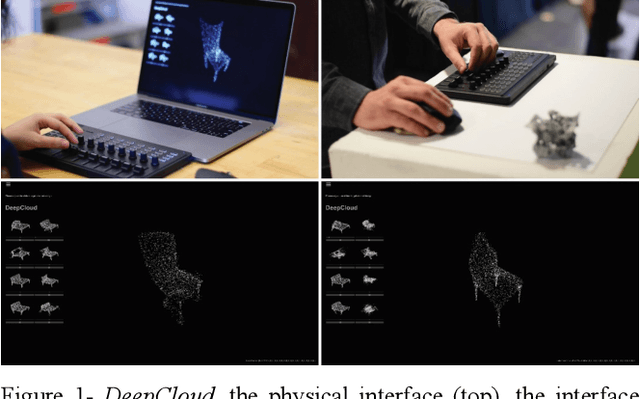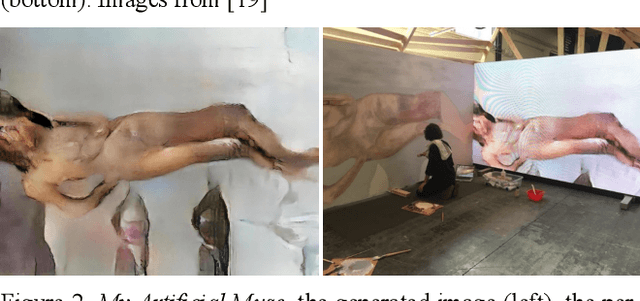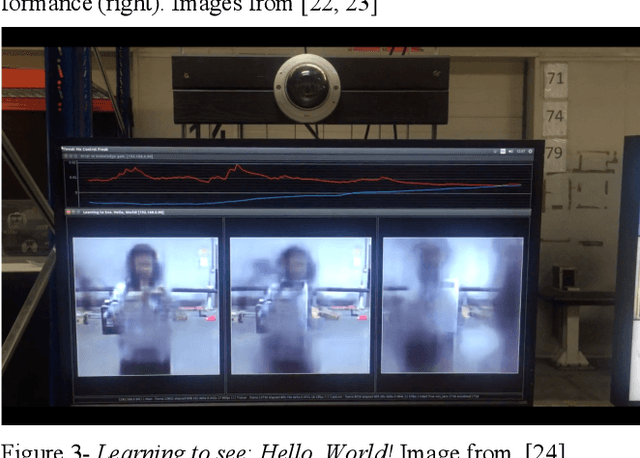Machinic Surrogates: Human-Machine Relationships in Computational Creativity
Paper and Code
Aug 03, 2019


Recent advancements in artificial intelligence (AI) and its sub-branch machine learning (ML) promise machines that go beyond the boundaries of automation and behave autonomously. Applications of these machines in creative practices such as art and design entail relationships between users and machines that have been described as a form of collaboration or co-creation between computational and human agents. This paper uses examples from art and design to argue that this frame is incomplete as it fails to acknowledge the socio-technical nature of AI systems, and the different human agencies involved in their design, implementation, and operation. Situating applications of AI-enabled tools in creative practices in a spectrum between automation and autonomy, this paper distinguishes different kinds of human engagement elicited by systems deemed automated or autonomous. Reviewing models of artistic collaboration during the late 20th century, it suggests that collaboration is at the core of these artistic practices. We build upon the growing literature of machine learning and art to look for the human agencies inscribed in works of computational creativity, and expand the co-creation frame to incorporate emerging forms of human-human collaboration mediated through technical artifacts such as algorithms and data.
 Add to Chrome
Add to Chrome Add to Firefox
Add to Firefox Add to Edge
Add to Edge